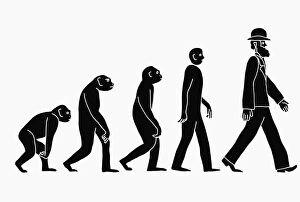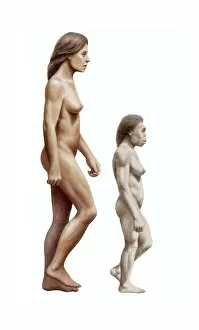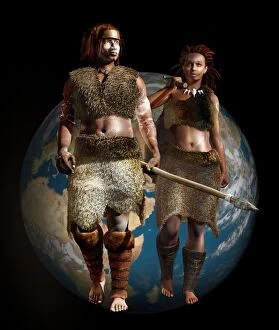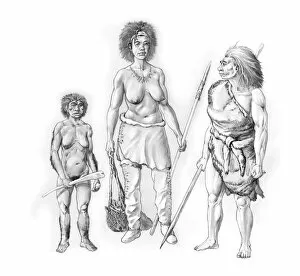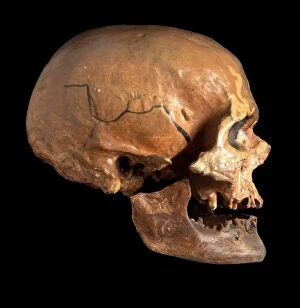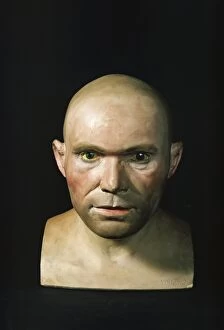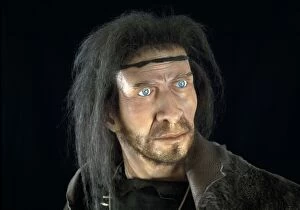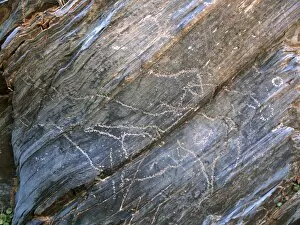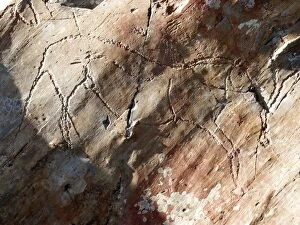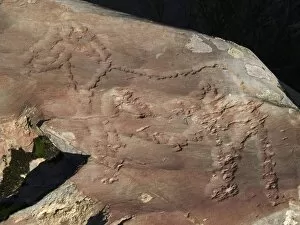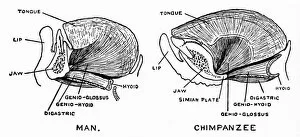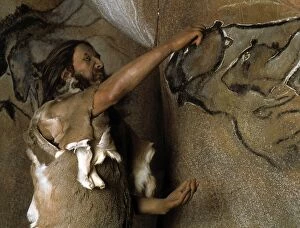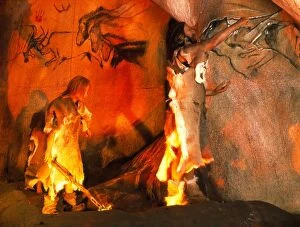Homo Sapiens Sapiens Collection
Homo sapiens sapiens, the modern adult humans we are today, have come a long way in the journey of human evolution
For sale as Licensed Images
Choose your image, Select your licence and Download the media
Homo sapiens sapiens, the modern adult humans we are today, have come a long way in the journey of human evolution. Our story begins with our ancient ancestors, such as Homo habilis, who paved the way for our existence. Through countless generations and adaptations, we evolved into Homo sapiens sapiens – intelligent beings capable of complex thoughts and emotions. In this captivating image set against a plain background, we witness the fascinating contrast between modern humans and their distant relatives. The first glimpse takes us back to an era when Homo floresiensis coexisted with early Homo sapiens sapiens. These small-statured individuals provide insight into the diversity that once existed within our species. Moving forward in time, we encounter Cro-Magnon man and woman depicted through intricate artwork. Their robust physique and striking features showcase how our ancestors thrived during challenging prehistoric times. A reconstructed head reveals their appearance in vivid detail – a testament to scientific advancements enabling us to visualize those who came before us. The inclusion of prehistoric hominin females emphasizes gender equality even in ancient societies. Artwork depicting them highlights their vital role throughout history – nurturing families and contributing to communal survival. Siega Verde petroglyphs transport us further back in time; these enigmatic carvings etched onto rocks offer glimpses into early human creativity and communication skills. Each stroke represents an artistic expression that transcends millennia. A fossil skull belonging to Cro-Magnon 1 serves as a tangible link connecting past and present generations. It reminds us of our shared ancestry with these remarkable beings who roamed Earth thousands of years ago. Finally, a conceptual image symbolizes human evolution itself – showcasing its intricacies through contrasting elements like DNA strands or morphing shapes representing transformation over time. As we reflect on these captivating images capturing various aspects of human evolution - from physical appearances to cultural expressions - let's marvel at how far we've come.

